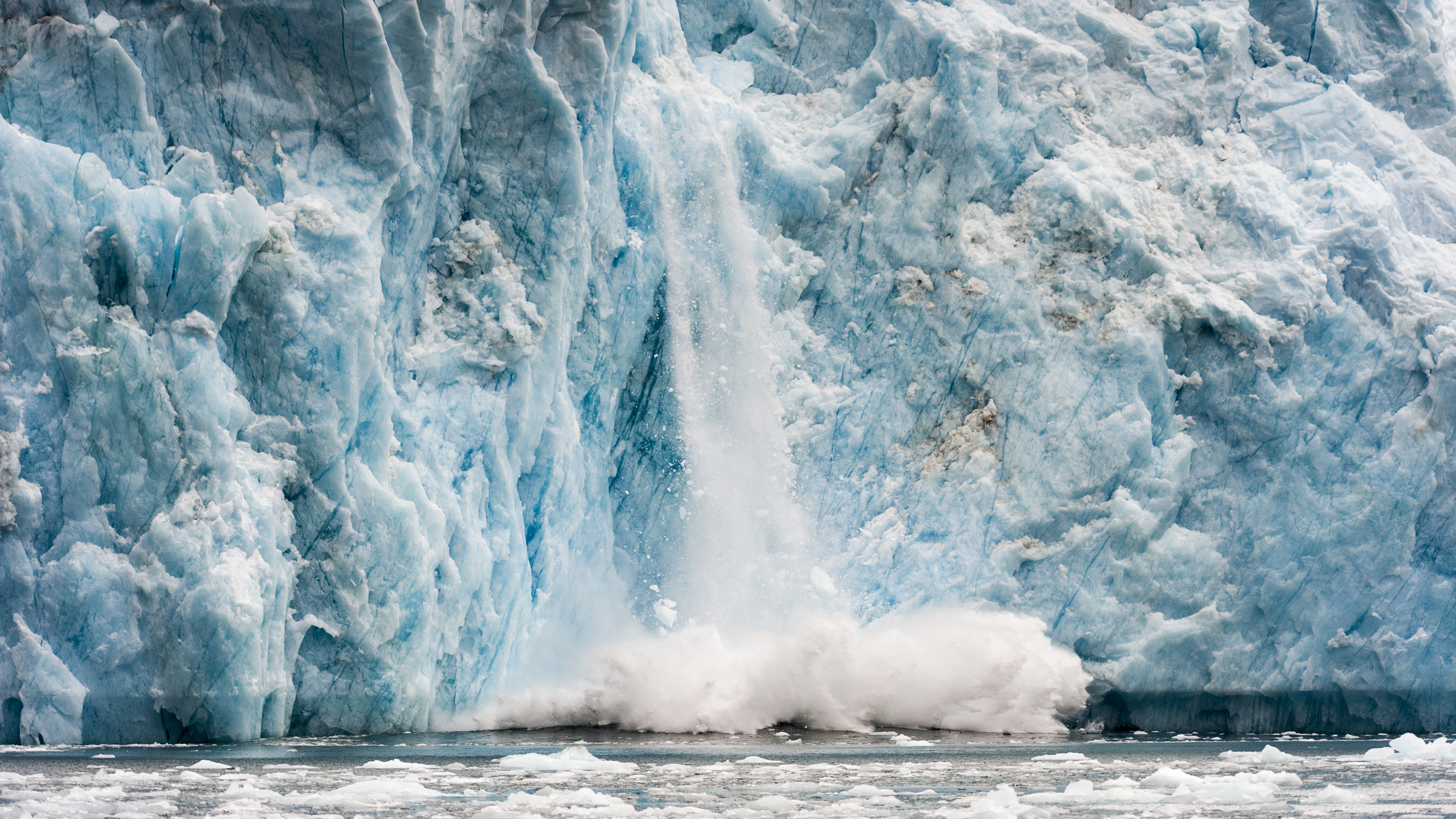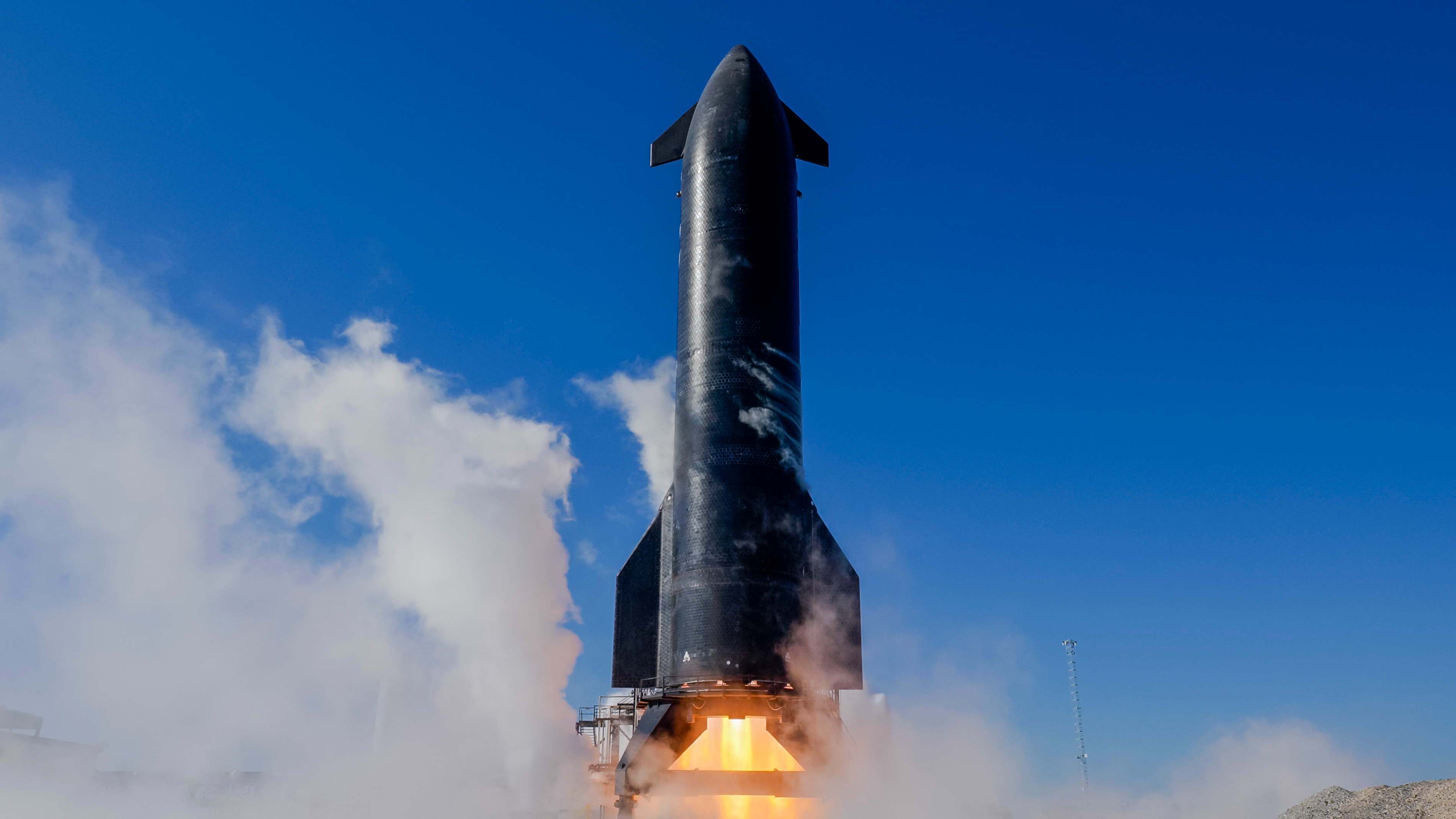Vanishing ice is warping Earth's crust

The melting of Earth's polar ice is warping the planet's crust.
This shape change is subtle, but it occurs many hundreds of miles away from the ice sheets. Researchers may be able to monitor the shift as part of research to understand how climate change will affect sea level; understanding the warping is also important, because scientists need to be able to correct for this ground motion when measuring other types of geological processes, the study authors wrote in the August issue of the journal Geophysical Research Letters.
Scientists already knew that when ice disappears, the crust underneath changes. Imagine lifting your head from a memory foam pillow: As the weight of your head is lifted, the pillow gradually fluffs back up, still moving after you've vacated the bed. Something similar happens when a glacier retreats. The crust beneath, no longer under all that weight, slowly pops back up. This is called isostatic rebound, and it's very slow indeed. In some high-latitude regions, the ground is still rebounding from the retreat of the ice sheets during the end of the last ice age.
Related: Antarctica: The ice-covered bottom of the world (Photos)
But now, the polar regions are losing ice at an increasing rate due to climate change. From 2000 to 2010, ice loss from Antarctica, Greenland and mountain glaciers increased 60% compared with the ice loss between 1990 and 2000, according to a paper published in 2020 in The Cryosphere. This melt is affecting the shape of the crust, just as the loss of ice at the close of the Ice Age did. But most research has focused on the crust changes right under and around the ice sheets. Even when researchers do study farther-off effects, they focus on vertical changes in the crust shape. But the crustal motion after ice loss is three-dimensional, meaning it shifts horizontally, too.
Sophie Coulson, a postdoctoral researcher at Los Alamos National Laboratory in New Mexico who conducted the research while at Harvard University, wanted to take a global, 3D look at the impact of the ice loss of the 21st century. She and her colleagues used satellite data collected between 2003 and 2018 to look for tiny movements in the crust, comparing those changes with ice loss in Antarctica, Greenland and high-latitude glaciers year to year.
They found that in many cases, the horizontal movement of the crust outpaced the vertical movement (uplift). The movement was very dependent on how much ice was lost each year, but in both high and low-loss years, most of North America averaged more horizontal than vertical motion. The horizontal creep, mostly northward, peaked in 2012 at up to 0.017 inches (0.45 millimeters). In low-loss years, this movement averaged around 0.004 inches (0.1 mm) for the whole continent.
Breaking space news, the latest updates on rocket launches, skywatching events and more!
In the early 2000s, ice retreated rapidly from the Antarctic peninsula and from West Antarctica, but East Antarctica gained ice. This gain and loss ended up averaging out in terms of Earth's crust, so most of the deformation was limited to a relatively small area in the southern Pacific. The Northern Hemisphere was a different story. Ice loss from the northern latitudes was linked to an average of 0.015 inches (0.4 mm) of horizontal - mostly northward - motion each year in the Northern Hemisphere. This included up to 0.01 inches (0.3 mm) of movement in Canada and the United States, and up to 0.008 inches (0.2 mm) in Europe and Scandinavia.
Those numbers may seem insignificant, but they add up over time. And this warping may affect how future ice loss plays out.
"In some parts of Antarctica, for example, the rebounding of the crust is changing the slope of the bedrock under the ice sheet, and that can affect the ice dynamics," Coulson told the Harvard Gazette. A steeper slope means a faster flow of ice toward the sea.
Originally published on Live Science.
Join our Space Forums to keep talking space on the latest missions, night sky and more! And if you have a news tip, correction or comment, let us know at: community@space.com.

Stephanie Pappas is a contributing writer for Space.com sister site Live Science, covering topics ranging from geoscience to archaeology to the human brain and behavior. She was previously a senior writer for Live Science but is now a freelancer based in Denver, Colorado, and regularly contributes to Scientific American and The Monitor, the monthly magazine of the American Psychological Association. Stephanie received a bachelor's degree in psychology from the University of South Carolina and a graduate certificate in science communication from the University of California, Santa Cruz.

